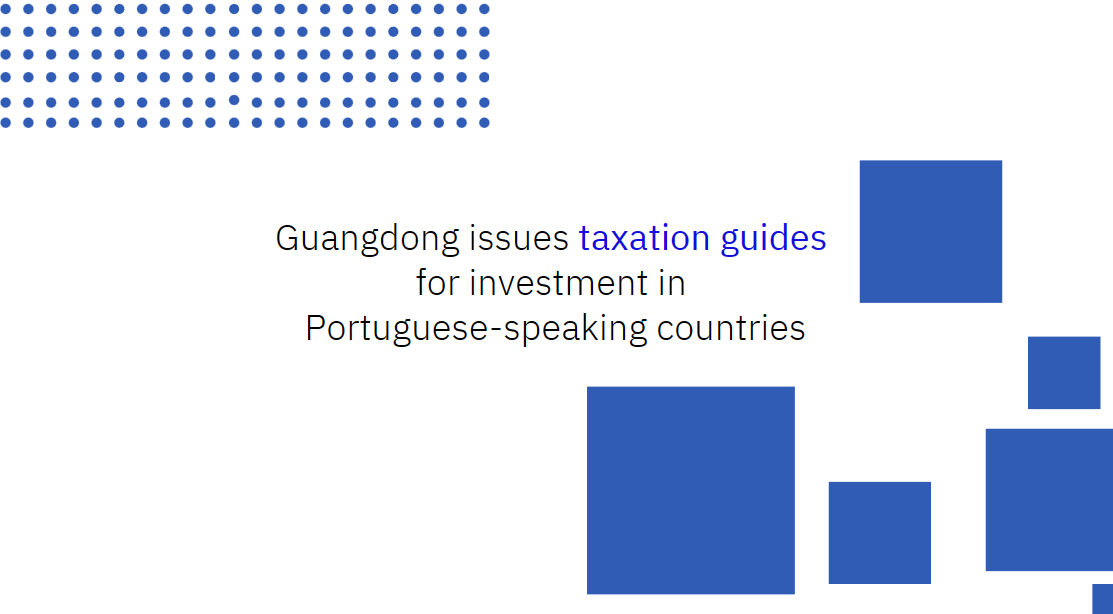Considerations for a Central Bank Digital Currency
It is a pleasure to be with you today to discuss the evolving money and payments landscape in the United States, which is a topic of primary importance to the Federal Reserve. Technological innovation has changed this landscape in recent years, as we have seen the emergence of new financial services entrants offering payments services, new platforms designed to increase the speed of payments, clearing, and settlement, and new forms of digital money. Over the past several years, and as a direct result of these developments, we have seen a significant increase in attention on central bank digital currencies (CBDCs) from central banks around the world in addition to a great deal of international and domestic engagement on CBDC. A number of central banks have taken steps to begin exploring the potential uses of a CBDC in their home countries. A very small number have adopted a CBDC for their local jurisdictions. And of course, discussions of the purpose, design, and potential risks of a U.S. CBDC, and technical research about key design elements, continue here in the United States. While the Federal Reserve plays an important role in these ongoing discussions and technical research, the Fed would not implement a U.S. CBDC without the approval of Congress.
In broad terms, a CBDC is simply a new form of digital liability of a central bank. Because it is issued by a central bank, CBDC is typically thought of as being denominated in the currency of that central bank. One could imagine a digital U.S. dollar, a digital euro, or a digital pound. Beyond this baseline definition though, "what is a CBDC" defies a simple definition. A CBDC built on distributed ledger technology offers a wide range of design and potential use options, as well as potential risks. This variability complicates any discussion of a CBDC simply because we may not be talking about the same thing.
There are two threshold questions that a policymaker needs to ask before any decision to move forward with a CBDC. First, what problem is the policymaker trying to solve, and is a CBDC a potential solution? Second, what features and considerations—including unintended consequences—may a policymaker want to consider in deciding to design and adopt a CBDC? While it would be impossible for me to provide a comprehensive analysis of every issue surrounding CBDC, my goal today is to offer a perspective on these two threshold questions and to conclude with some thoughts about the imperative for future research on CBDCs and the potential future of CBDCs in the United States.






















































First, please LoginComment After ~